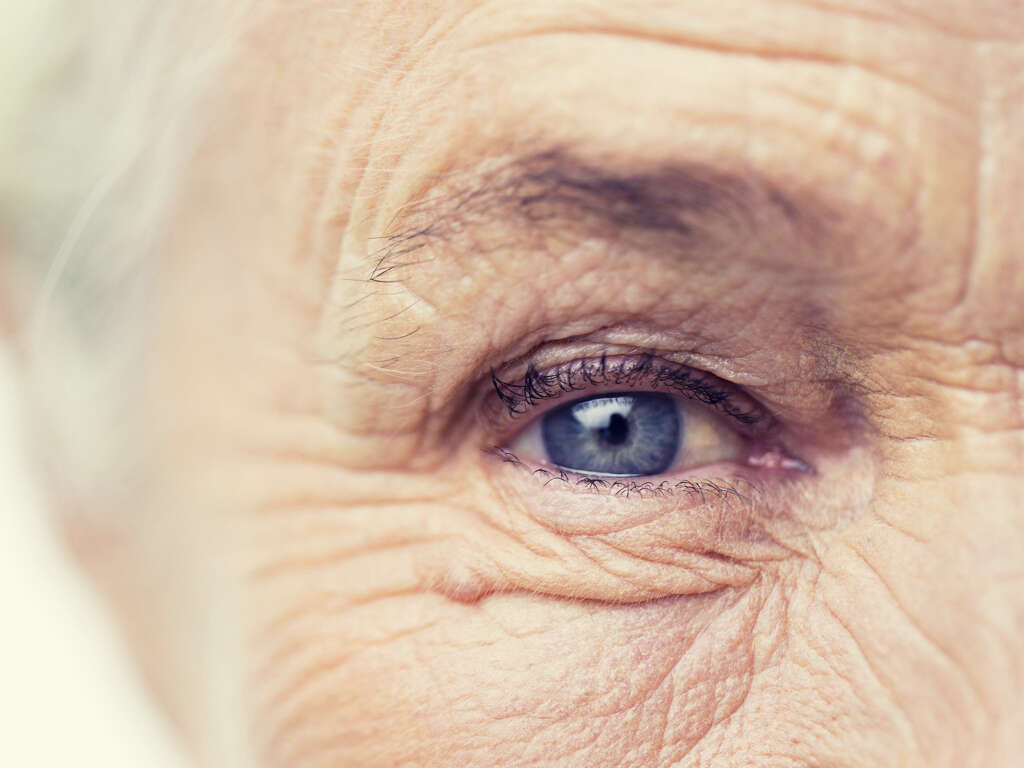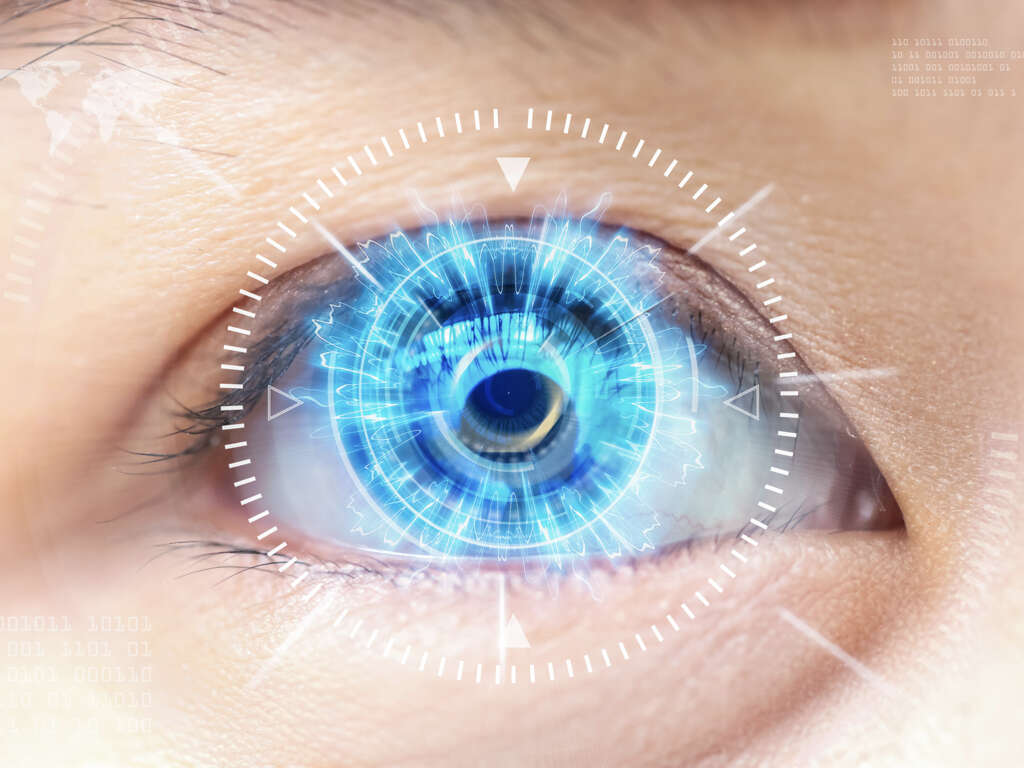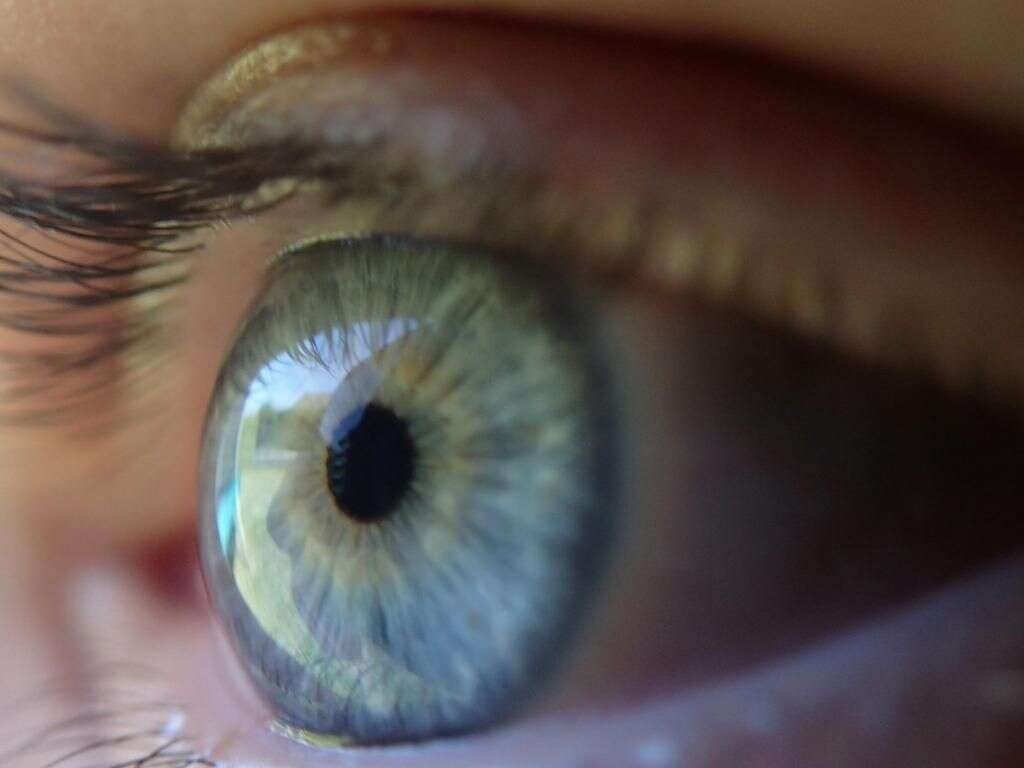10 Nystagmus Symptoms
 Article Sources
Article Sources
- 1. 'Shedding Light on Photophobia.' PubMed Central (PMC), www.ncbi.nlm.nih.gov/pmc/articles/PMC3485070/
- 2. 'Nystagmus.' Johns Hopkins Medicine, Based in Baltimore, Maryland, www.hopkinsmedicine.org/health/conditions-and-diseases/nystagmus
- 3. 'Nystagmus.' RNIB - See Differently, 24 Mar. 2021, www.rnib.org.uk/eye-health/eye-conditions/nystagmus
- 4. 'Nystagmus.' www.aoa.org/healthy-eyes/eye-and-vision-conditions/nystagmus'sso=y
- 5. Huizen, Jennifer. 'Oscillopsia: Causes, Symptoms, and Treatment.' Medical and Health Information, www.medicalnewstoday.com/articles/327484
- 6. Young Woman Presents with Intermittent Diplopia and Nausea. Healio: Medical News, Journals, and Free CME, www.healio.com/news/ophthalmology/20190822/young-woman-presents-with-intermittent-diplopia-and-nausea
- 7. McNamara, Lindsay. 'Nystagmus | Johns Hopkins Vestibular Disorders Center.' Johns Hopkins Medicine, Based in Baltimore, Maryland, 9 Oct. 2019, www.hopkinsmedicine.org/neurology/neurosurgery/centers/clinics/vestibular/conditions/nystagmus.html
Nystagmus is a condition in which the eyes move involuntarily. They move up and down, side to side or in a circle. Issues that may result in nystagmus include stroke, multiple sclerosis, a brain tumor, inner ear problems, cataracts, head injury or the effects of a drug.3‘Nystagmus.’ RNIB - See Differently, 24 Mar. 2021, www.rnib.org.uk/eye-health/eye-conditions/nystagmus
When a person experiences nystagmus for the first time, it's important for them to see a medical professional to determine the cause. Nystagmus can be a symptom of some serious underlying conditions. A medical professional commonly obtains a person's medical history and performs an examination before completing brain imaging and blood work to determine the cause.1‘Shedding Light on Photophobia.’ PubMed Central (PMC), www.ncbi.nlm.nih.gov/pmc/articles/PMC3485070/
Rapid Eye Movement
Nystagmus commonly involves an involuntary, rapid movement of the eyes in either an up and down, side to side or circular motion. It can last for a few seconds or minutes or become a permanent condition. The movement may occur in one or both eyes.
The person may feel as if their surroundings are jumping.2‘Nystagmus.’ Johns Hopkins Medicine, Based in Baltimore, Maryland, www.hopkinsmedicine.org/health/conditions-and-diseases/nystagmus However, the movement of their eyes may not be visible to someone who's looking at the person. This and other symptoms commonly associated with nystagmus can result from the inability to process what's being seen due to this eye movement.

Sensitivity to Light
Individuals with nystagmus may experience light sensitivity or photophobia. This occurs when the environment is too bright for the person and causes them discomfort. When it's extreme, the person's vision can be reduced.
Photophobia is related to the connection between the cells in the eyes that detect light and the nerve that connects them to the brain, where the information is processed. The sensitivity may be worsened by certain wavelengths, such as the blue light from phones and computers.

Dizziness
Nystagmus may be related to an issue in the vestibular system of the inner ear. In these circumstances, dizziness is a common symptom. Dizziness that makes the person feel as though they're about to faint is commonly associated with decreased cerebral blood flow rather than nystagmus.
When dizziness is associated with the vestibular system, it's commonly characterized as lightheadedness or disorientation. In these situations, the person may also appear to be uncoordinated or have balance difficulties.

Difficulty Seeing in the Dark
A person with nystagmus may not see well in the dark. This can occur because the person has difficulty focusing due to the constant movement of their eyes, which can become especially pronounced at nighttime or in low-light situations.
When a person's vision is moving constantly, their eyes may not have time to adapt to the low light or darkness properly, which can make it more difficult to see clearly.

Vision Difficulties
The rapid and continuous movement of the eyes that occurs with nystagmus can cause a person to experience vision difficulties. Common complaints include blurry vision, trouble focusing on objects and depth perception, which can affect the body's ability to properly coordinate.
Whether a person with nystagmus experiences vision difficulties can depend on the underlying cause. Additionally, stress and fatigue can influence the degree to which a person's vision is impacted.4‘Nystagmus.’ www.aoa.org/healthy-eyes/eye-and-vision-conditions/nystagmus’sso=y

Holding Head in a Tilted or Turned Position
Nystagmus symptoms may improve when the head is tilted or turned to a specific position known as the null zone. This is the point in the person's gaze where their eye movements are slowest and feel the most stable.
In this position, a person may experience the least amount of visual disturbance, meaning the impact of nystagmus is minimized. In some instances, a person may find that nodding their head helps improve their vision.

Oscillopsia
A symptom commonly associated with nystagmus is oscillopsia, the illusory sensation that a person's surroundings are moving. This may also be described as a sensation that objects are jumping, jiggling or vibrating.
The severity of oscillopsia usually determines its presentation, which can range from a mild blurring of images to a rapid and periodic jumping. Oscillopsia may be a brief sensation experienced during rapid movement of the head or occur continuously for a period of time.5Huizen, Jennifer. ‘Oscillopsia: Causes, Symptoms, and Treatment.’ Medical and Health Information, www.medicalnewstoday.com/articles/327484

Diplopia
Diplopia or double vision is another symptom that can be associated with nystagmus. When someone experiences diplopia, it's usually because the nerves that control eye movement have been damaged somehow.
The person's vision can appear as if two pictures have been stacked, one on top of the other. In these circumstances, the movement of their eyes may no longer be in sync. Diplopia can also be a symptom of multiple sclerosis.6Young Woman Presents with Intermittent Diplopia and Nausea. Healio: Medical News, Journals, and Free CME, www.healio.com/news/ophthalmology/20190822/young-woman-presents-with-intermittent-diplopia-and-nausea

Nausea and Vomiting
Nausea is a relatively common symptom associated with nystagmus. It can be related to the rapid eye movement, visual disturbance and the sensation that the person is moving despite being still.
Nausea associated with nystagmus typically presents soon after the onset of the eye movements and feelings of movement. It usually resolves soon after the episode of nystagmus has concluded. Nausea may progress to vomiting in those who are more severely affected.6Young Woman Presents with Intermittent Diplopia and Nausea. Healio: Medical News, Journals, and Free CME, www.healio.com/news/ophthalmology/20190822/young-woman-presents-with-intermittent-diplopia-and-nausea

Loss of Balance
Loss of balance or coordination difficulties are other symptoms. When a person is experiencing a feeling of motion despite being totally still, they can lose a sense of the position and movement of their body relative to their surroundings.
As a result, the body's sense of balance can become distorted, causing unsteadiness or poor coordination. When associated with nystagmus, a poor sense of balance can be a symptom of a serious underlying medical condition, such as multiple sclerosis.7McNamara, Lindsay. ‘Nystagmus | Johns Hopkins Vestibular Disorders Center.’ Johns Hopkins Medicine, Based in Baltimore, Maryland, 9 Oct. 2019, www.hopkinsmedicine.org/neurology/neurosurgery/centers/clinics/vestibular/conditions/nystagmus.html









